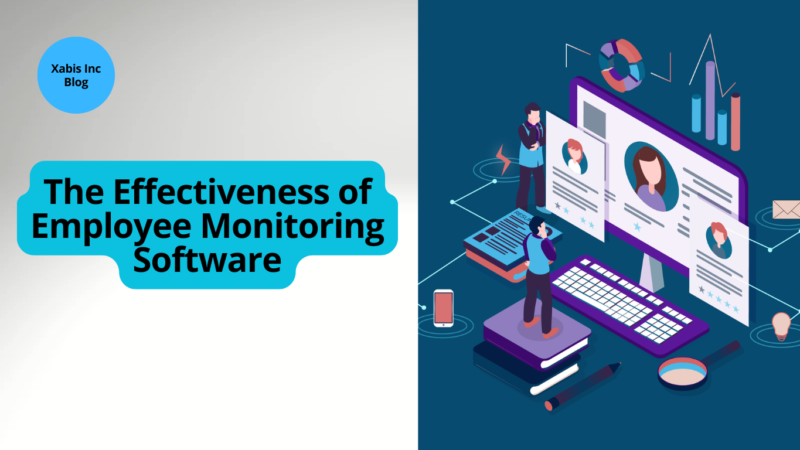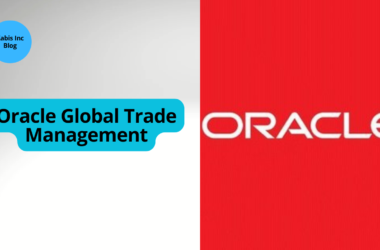Organizations are trying to find ways of boosting productivity, securing data, and improving employee performance at the same time. One effective solution that has come up to fill these needs is the employee monitoring software. It helps the employers capture and interpret all staff actions actively, which is very useful in the current age. Here, I want to show what amounts to the employee monitoring software and its benefits both for the organization and workers.
The Effectiveness of Employee Monitoring Software
- Improving Efficiency
Employee monitoring software is an essential aspect when it comes to enhancing the efficiency of work. It allows for the employees to be seen in action. For example, website usage, applications accessed, and keyboard strokes can help determine the steps that are lost and the corrective actions required without wasting more time. Consider using employee monitoring software like Controlio.
They can know whether employees are on their assigned tasks or using other activities through several time-assessing features. Utilizing this data, managers can help channels, and concepts such as training, time limits, or motivational rewards in certain behaviors.
In addition to this, the information from monitoring software can also help identify good performing employees which improves employee morale by promoting rewarding culture.
- Data Security Measures
In today’s world, where data leaks and cyber offenses are prevalent, and sensitive company data needs to be maintained, this becomes very important. Employee monitoring software becomes useful and allows organizations to limit any monitoring of employee activities that arouse suspicion, utilizing them as a defensive tool. Organizations can assess some of the risk factors associated with employees, such as engaging in risky behavior like opening confidential documents, transferring sensitive files, or trying to hack into the system and stop the associate threats before they materialize. Consider installing a DLP (Data Loss Prevention) tool.
- Remote Work Management
As remote work is already within our parameters, having employee cognizance software is very useful as it helps administer the people-centered teams away from a physical office set-up. However, every flip since there are drawbacks. one of them being the lack of seeing how employees carry out their work or whether they are working at all within a specified time limit. This drawback is eliminated by the monitoring tools which provide a means of monitoring employees’ work status even when they are miles away by tracking how productive they are.
With the use of these tools, the leaders are able to log hours, keep an eye on the development of the work, take pictures or record sessions to ensure the proper engagement of employees. The application further assists in fostering the issue of accountability among employees, making such employees to respect company rules irrespective of where they may be.
- Advancing Justice and Openness
Employee monitoring software can also encourage fairness and openness in the workplace. Also wondrously, monitoring students’ activities boosts their performance management practices as they become conscious that someone is viewing what they are doing and the results can be quantified and acknowledged. At the same time, such monitoring software provides factual information regarding an employee’s output, thus discerning the favouritism of managers as far as feedback is concerned.
Such openness is advantageous to the employees, as well as the employers. For example, the employees evaluate their performance based on the feedback they receive, which is fair, while the employers make appropriate decisions based on evidence. If there is a need to promote and give raises or more support in particular areas, management can do so based on the findings.
- Making More Effective Use of Resources
Employee monitoring solution products capture data and provide exception reporting to aid organizations in knowing how their resources in terms of time, people and technology are used. This data helps managers in resource management, giving them the capability of ensuring all tasks are properly allocated to all individuals, and completion levels on such tasks are maximized.
For example, if it is indicated through the software that some employees work their assigned tasks more than others, managers can make sure that the number of assignments per employee is balanced. This in turn maximizes the efficiency of the team, minimizes fatigue, and in turn improves the output.








